The Bajaj Freedom 125 NG04 is the world’s first series production motorcycle that runs on compressed natural gas (CNG). We spent a few days with it.
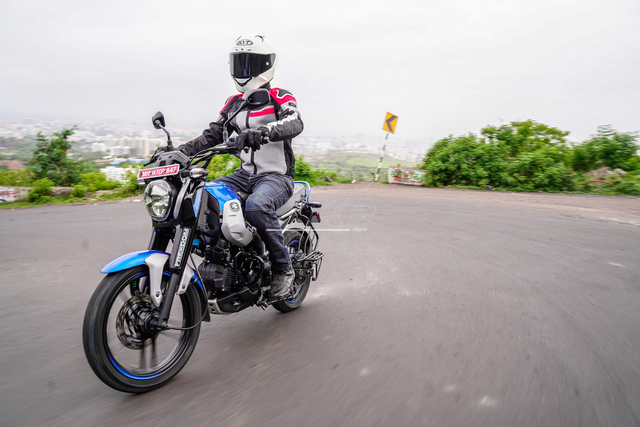
Story: Joshua Varghese
Photography: Sanjay Raikar
Bajaj made history on 5 July 2024 when they launched the world’s first series production motorcycle that could use CNG as fuel. As Indians, it is undoubtedly a proud moment for us but in this road test, we kept that patriotic sentiment aside and evaluated the Bajaj Freedom 125 NG04 on the same parameters as any other commuter motorcycle.
We believe that the popularity of a new technology and its subsequent adoption depend largely on the way it looks, works, and costs. The designers at Bajaj have outdone themselves because the Freedom stands out as a stylish motorcycle. Its tasteful bodywork elegantly hides the CNG tank (capacity of two kilograms) and the two-litre petrol-tank. While the latter is easy to spot, the former sits snugly under the seat within a cage formed by the trellis frame. At the front of that frame is a telescopic fork, but at the rear Bajaj have thoughtfully bolted a linked monoshock on to the box-section swing-arm. Then there are the wheels, a 16-inch unit at the rear and a 17-inch one at the front. The smaller rear wheel creates a significant gap between the tyre and the subframe.
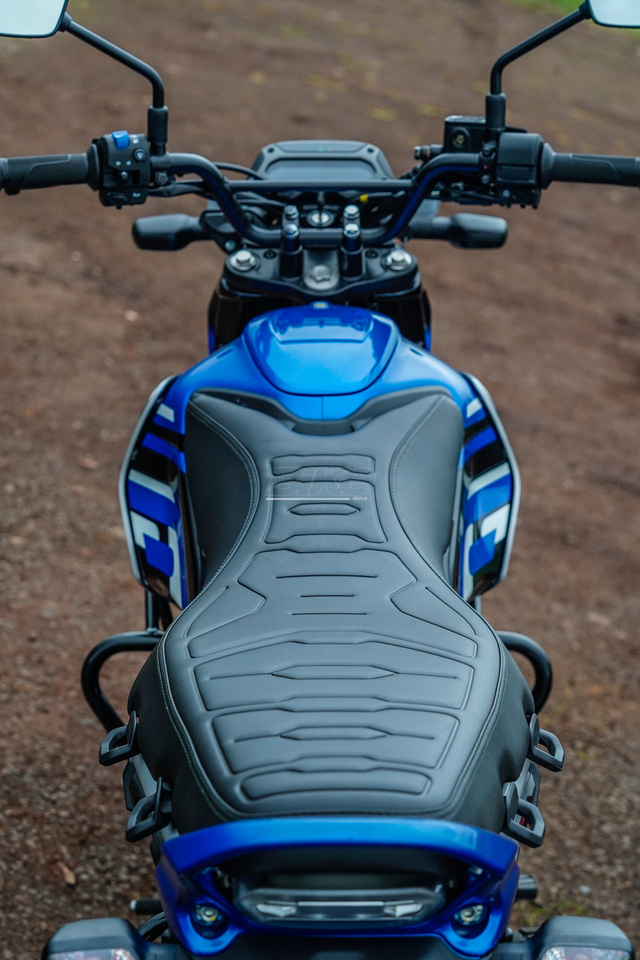
Dimension-wise, the Freedom is a compact motorcycle but it may look slightly large because of its seat which could easily be the longest in the 125-cc segment. There is enough space to make it appealing for those who use a motorcycle to transport more than two persons. Of course, Bajaj claim they are not trying to encourage such parties but we feel they should not have left room for the option in the first place. That apart, the riding position is comfortable for both the rider and the pillion, just what we would expect from a commuter. Following a non-stop stint for 30 kilometres from one end of Pune’s urban madness to the other, I found nothing to grumble about.
Now, to how the Freedom works. It uses a 125-cc, air-cooled, two-valve, single-cylinder engine and its output barely touches double digits. One may expect 9.5 hp at 8,000 rpm and a peak torque of 9.7 Nm at 5,000 rpm. The acceleration is reasonable for a commuter but, more importantly, the engine is refined, even at high revolutions per minute (rpm) and that is among the things that made the Freedom enjoyable in town. As expected, there is a difference in performance between CNG and petrol (which performs better) but it is marginal. We find that commendable. The five-speed transmission’s ratios are spaced fairly close together and Bajaj have opted for short final drive gearing too.
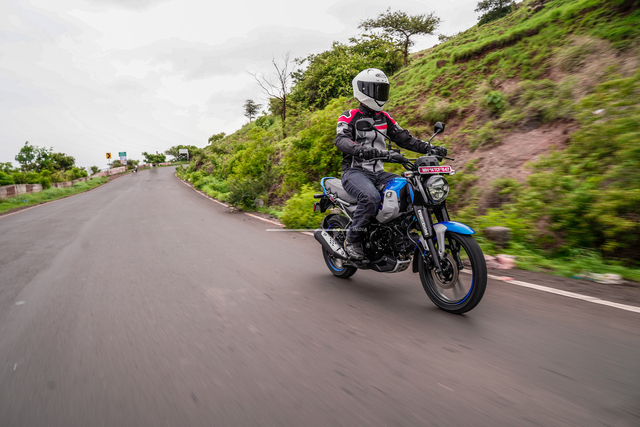
When I was riding without a pillion, I rarely needed first gear because second was capable of pulling away from standstill. Even in fifth gear, the motorcycle gathered speed from less than 30 km/h. Progression was relaxed but adequate for town and the time it took to reach 70 km/h was reasonable for urban use. It went on to attain a top speed of 100 km/h (indicated) but after 80 km/h, pace was slow. However, that is not the point of this motorcycle.
Bajaj claim that when running on CNG, the Freedom is capable of returning about 200 km for every two kilos. Fuel efficiency with petrol is rated at 65 km/litre, which brings the effective range to 330 km. During our use around town, where we were not trying to conserve fuel at all, we received a respectable 90 km/kg of CNG. Given that the price difference between CNG and petrol is about Rs 20 (at least, in Pune), it sounds like a sensible solution for those who are trying to save money on their daily commuting. The CNG tank’s reserve is 0.3 kg and once it runs dry, one can always flip the switch and use petrol.
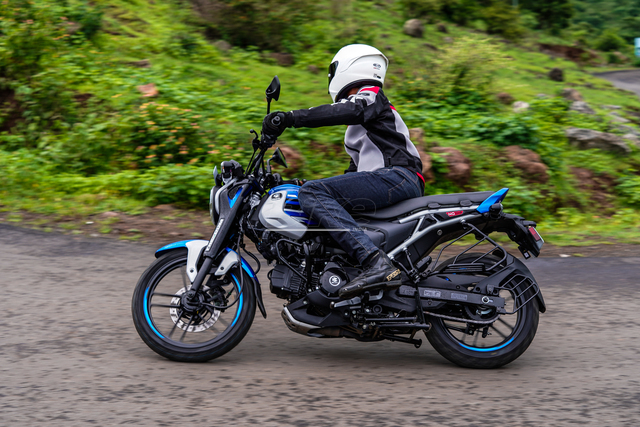
Although limited in performance, the Freedom is still a fun motorcycle to ride in town. At 149 kg, it is rather heavy for its size. To keep the weight as low as possible, Bajaj have suspended the engine horizontally which seems to have worked well because the motorcycle does not feel top-heavy at all. They claim that the weight distribution is 45:55. It did not hamper the riding experience because the motorcycle responded well to steering input. It was nimble to turn and composed around a curve on its TVS Eurogrip Durasprint tyres. Damping at either end was on the soft side with the linked monoshock at the rear offering progressive movement through its stroke, contributing significantly to the motorcycle’s impressive stability.
The ride quality was good too. The bike did not feel overwhelmed by potholes, speed-breakers or bad roads. Bajaj claim that they had to use a 16-inch rear wheel due to the complications caused by CNG cylinder packaging. It did not feel like a handicap in any way but it would be interesting to swap it out for a 17-inch unit and see if it lives up to our expectations. A disc brake is available only on the top model and only at the front wheel. The braking power and feeling are adequate. Plus, there is combined braking system (CBS).
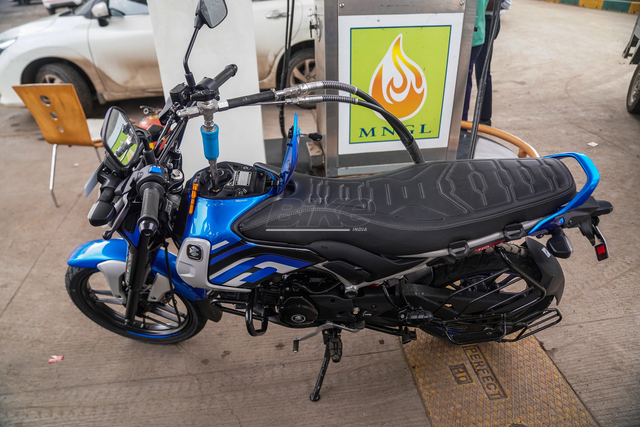
The last piece of the puzzle appears to be the availability of CNG. If one were to buy this motorcycle, getting up early or going a bit farther to fill up the tank may become part of the routine. If that much of a sacrifice can be accommodated, I don’t see any reason why anyone should bother burning precious petrol for mundane commuting. Honestly, I would buy one of these because it allows me to save some money on fuel on a congested route that offers very little scope to enjoy a motorcycle. Saving some money with the Freedom will allow me to indulge a bit more with my sport bike or ADV on weekends but that is not all.
The United Nations Climate Technology Centre and Network (UNCTCN) states that of all the fossil fuels available in the country, CNG burns the cleanest. Its greenhouse gas emission is low and it does not produce toxic oxides such as sulphur and lead. The Energy and Resources Institute suggested that with further development, bio-gas is also something that could be scaled up to replace CNG and that sounds even more feasible than electric vehicles (EV). Easier on one’s pocket and good for the environment too. Sounds good to me.
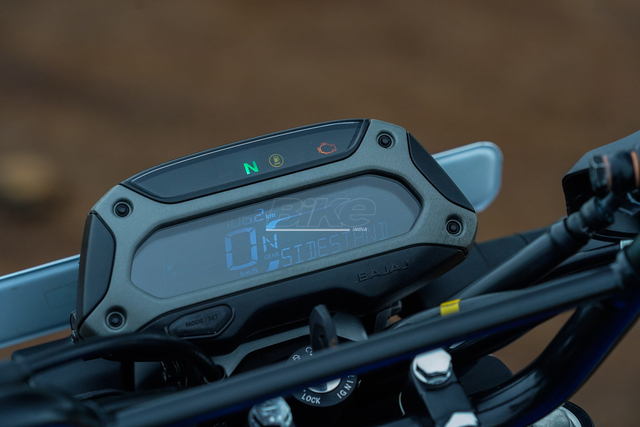
The Freedom’s price starts at Rs 95,000 and goes up to Rs 1.10 lakh (ex-showroom), but one must spend it either in Gujarat or Maharashtra because this motorcycle is going to be sold only in those two states as of now. After that, it is expected to go to Delhi-NCR, Uttar Pradesh, and the rest of the country based on demand.
Bajaj have given us a revolutionary product and its impact now depends entirely on how committed the government is to environmental conservation and improving the quality of air. Some subsidies and an increase in the number of CNG pumps would be helpful.
Many have voiced their concerns about safety on social media and Bajaj have addressed those rather well. They claim to have performed as many as 11 rigorous safety tests and we have uploaded a couple of them on our social media. Despite being run over by a truck and a frontal impact at 60 km/h, the CNG tank emerged intact on both occasions. Besides, CNG in a motorcycle is new, although it has been around as fuel for a while now.
To sum up, we believe this motorcycle’s success will depend fully on the convenience of filling CNG because Bajaj have done their part well. The Freedom lives up to expectations. If Bajaj could give us a motorcycle to ride for a few months, we would be able to bring you a comprehensive long-term use test, including the reliability aspect.
Watch the video review:
Also Read: Bajaj Pulsar NS400Z Review

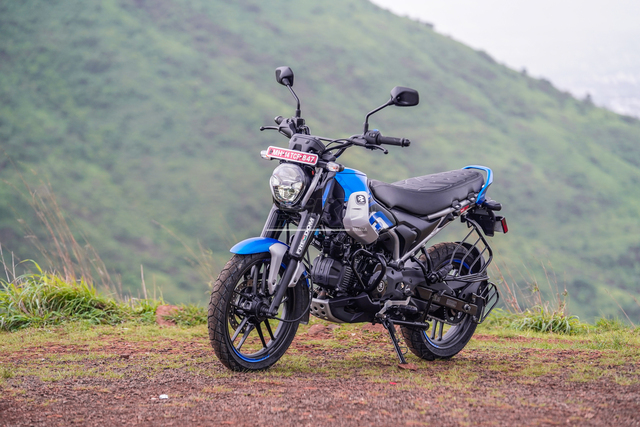
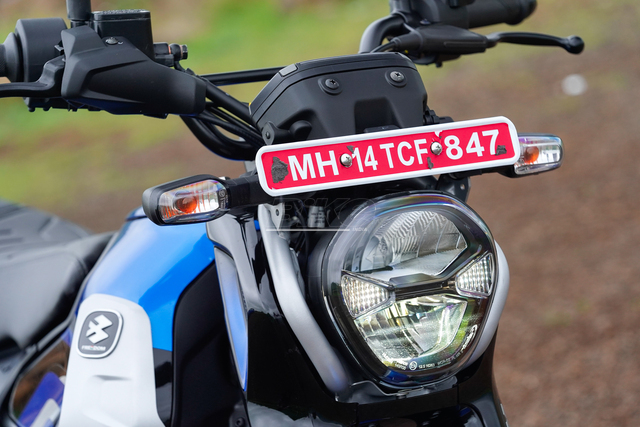
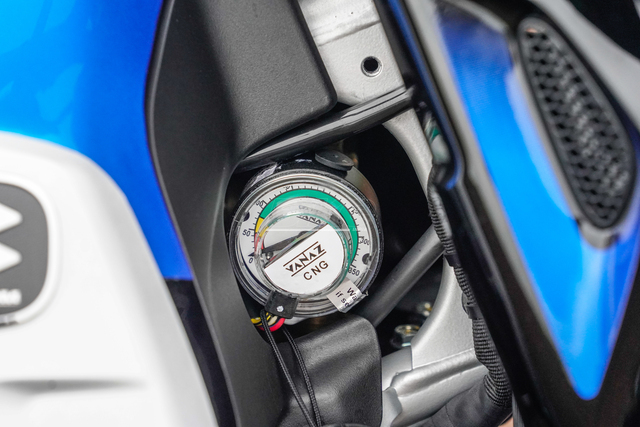
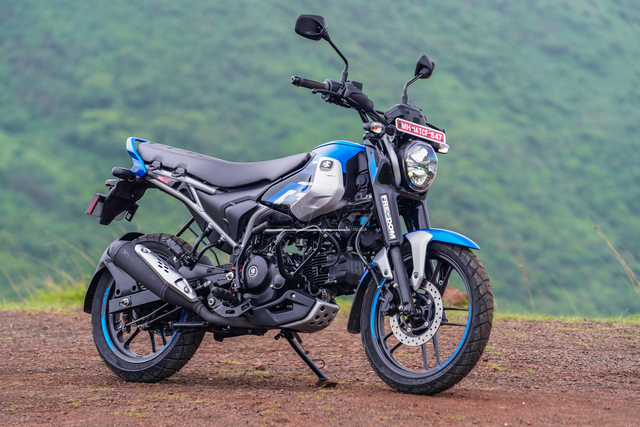
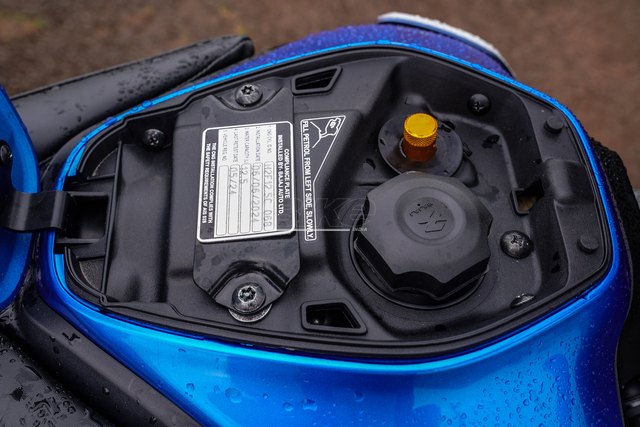
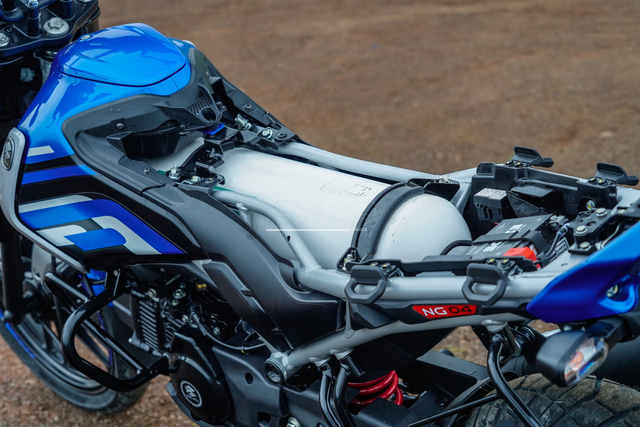
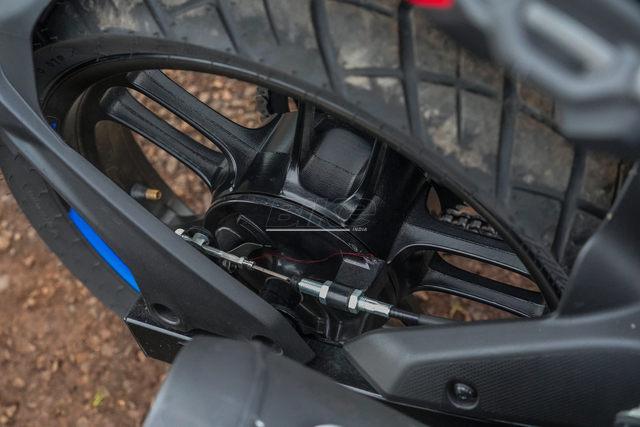
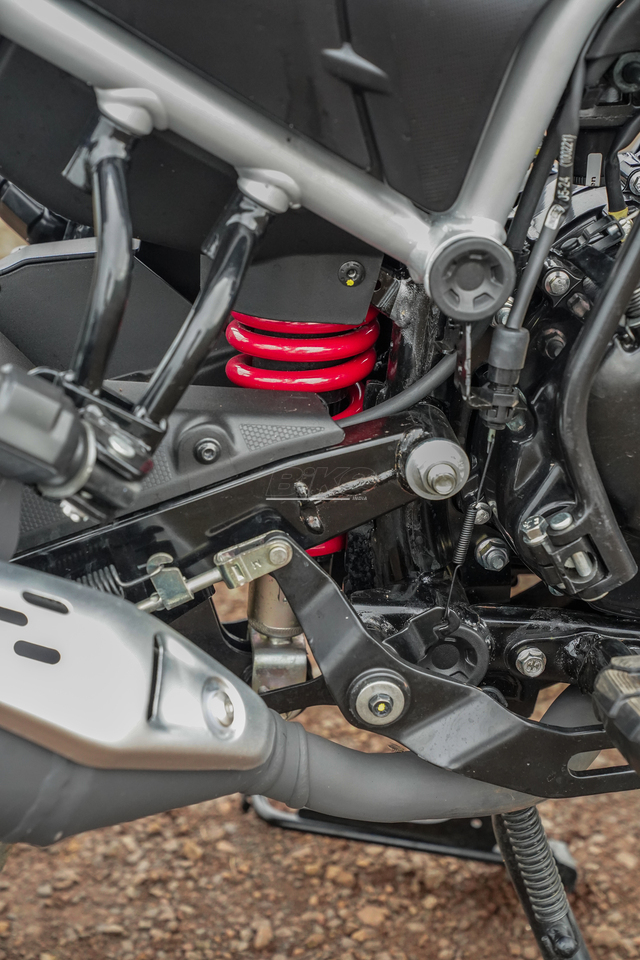

Leave a Reply